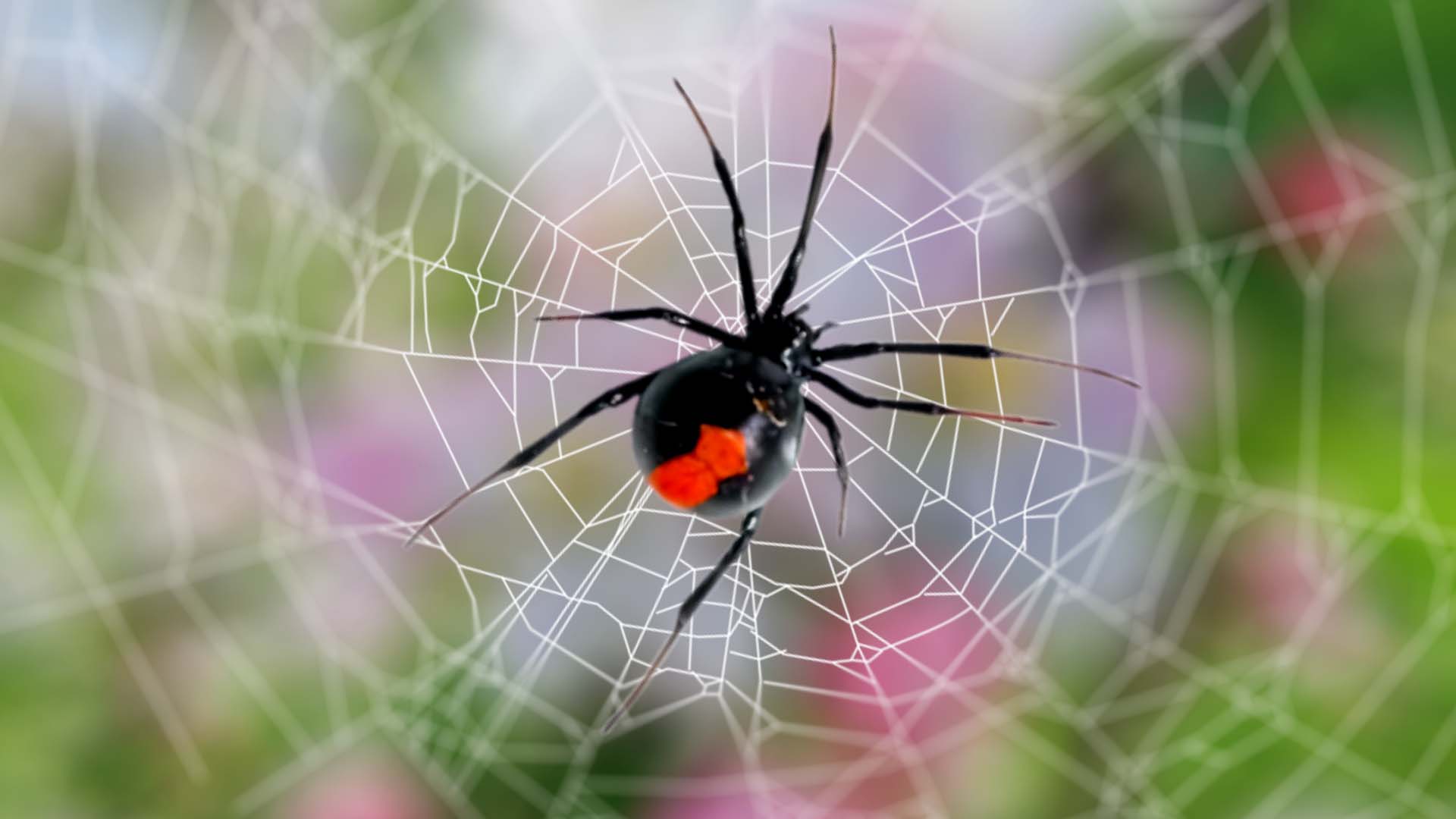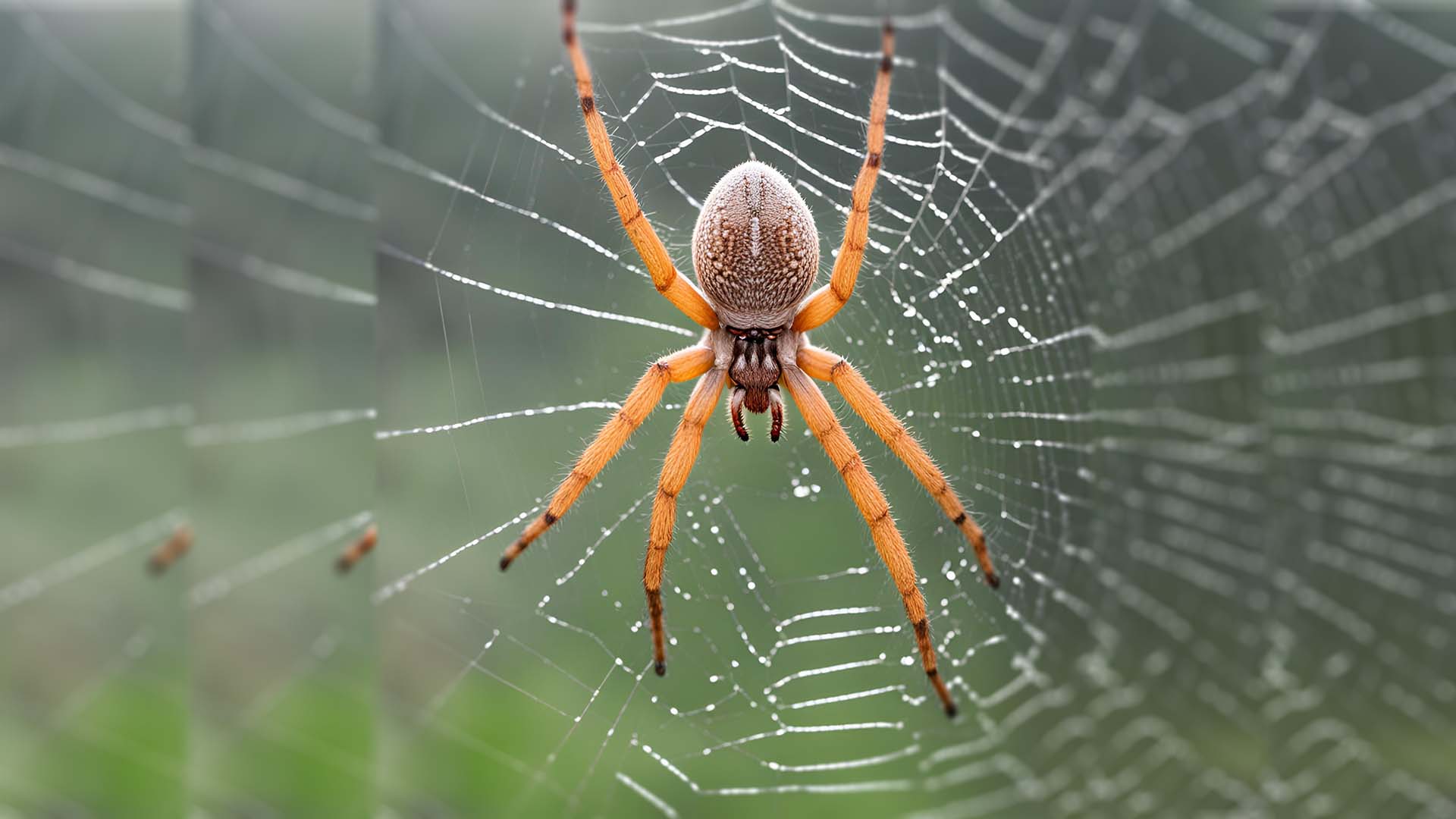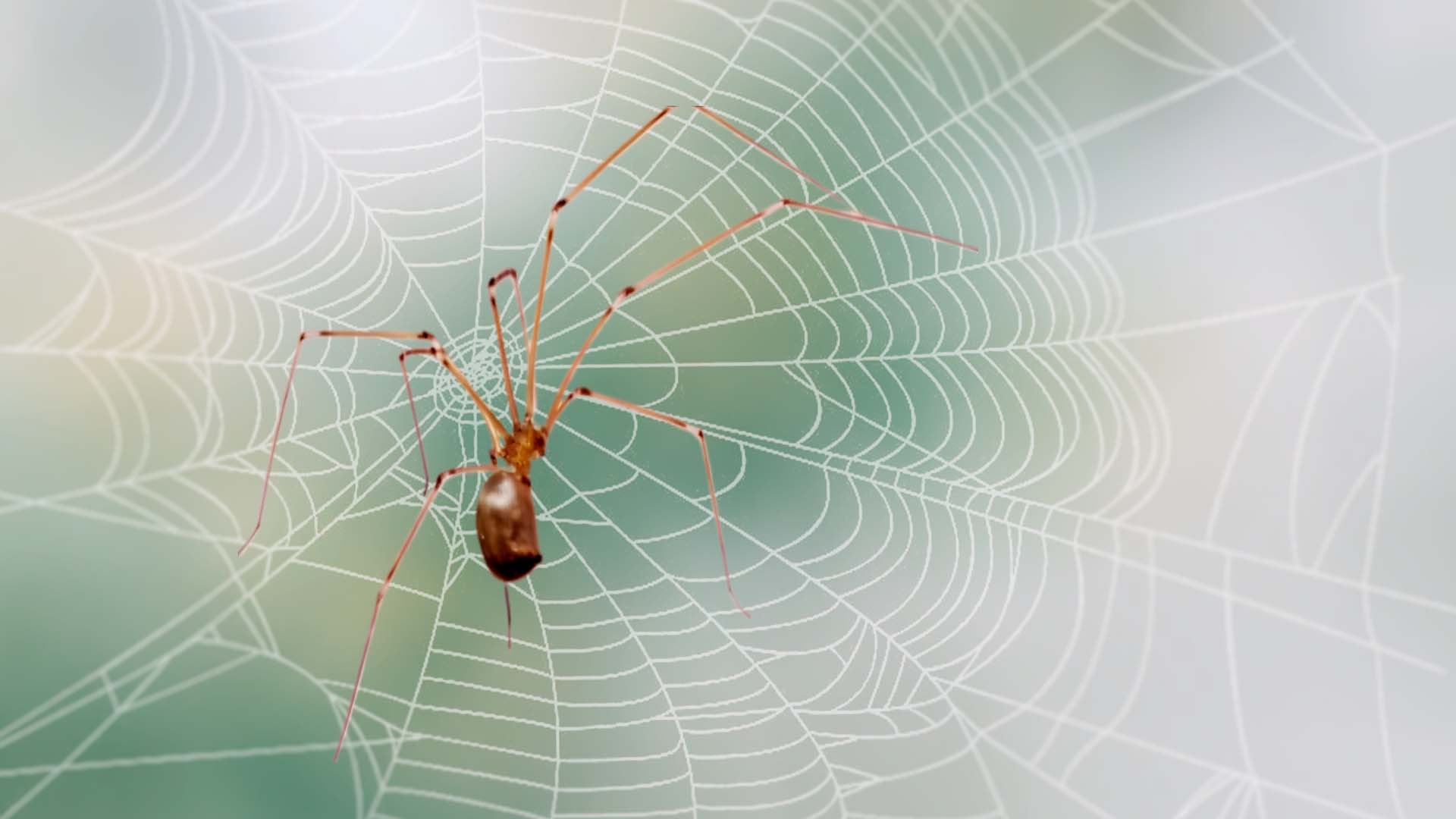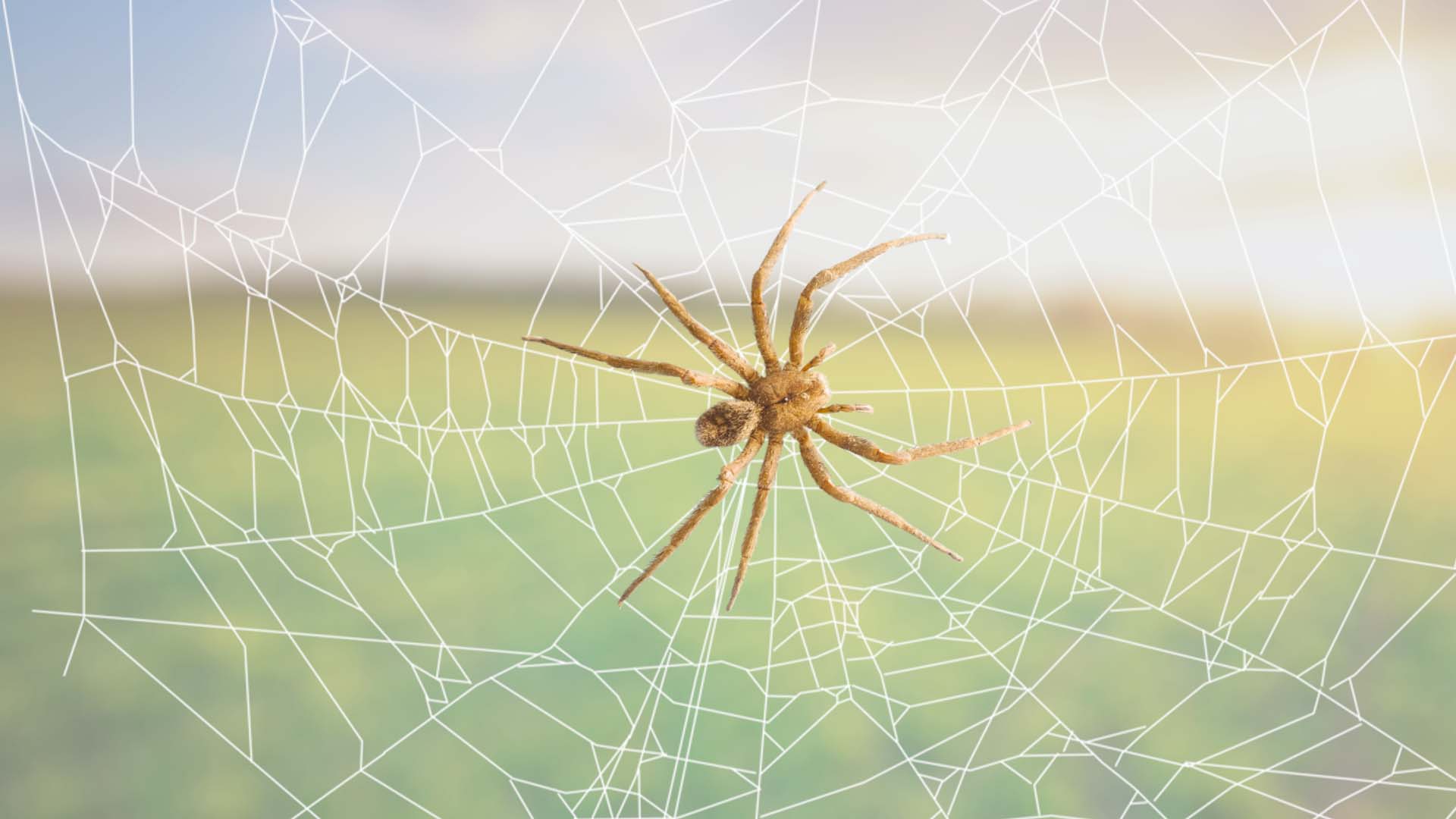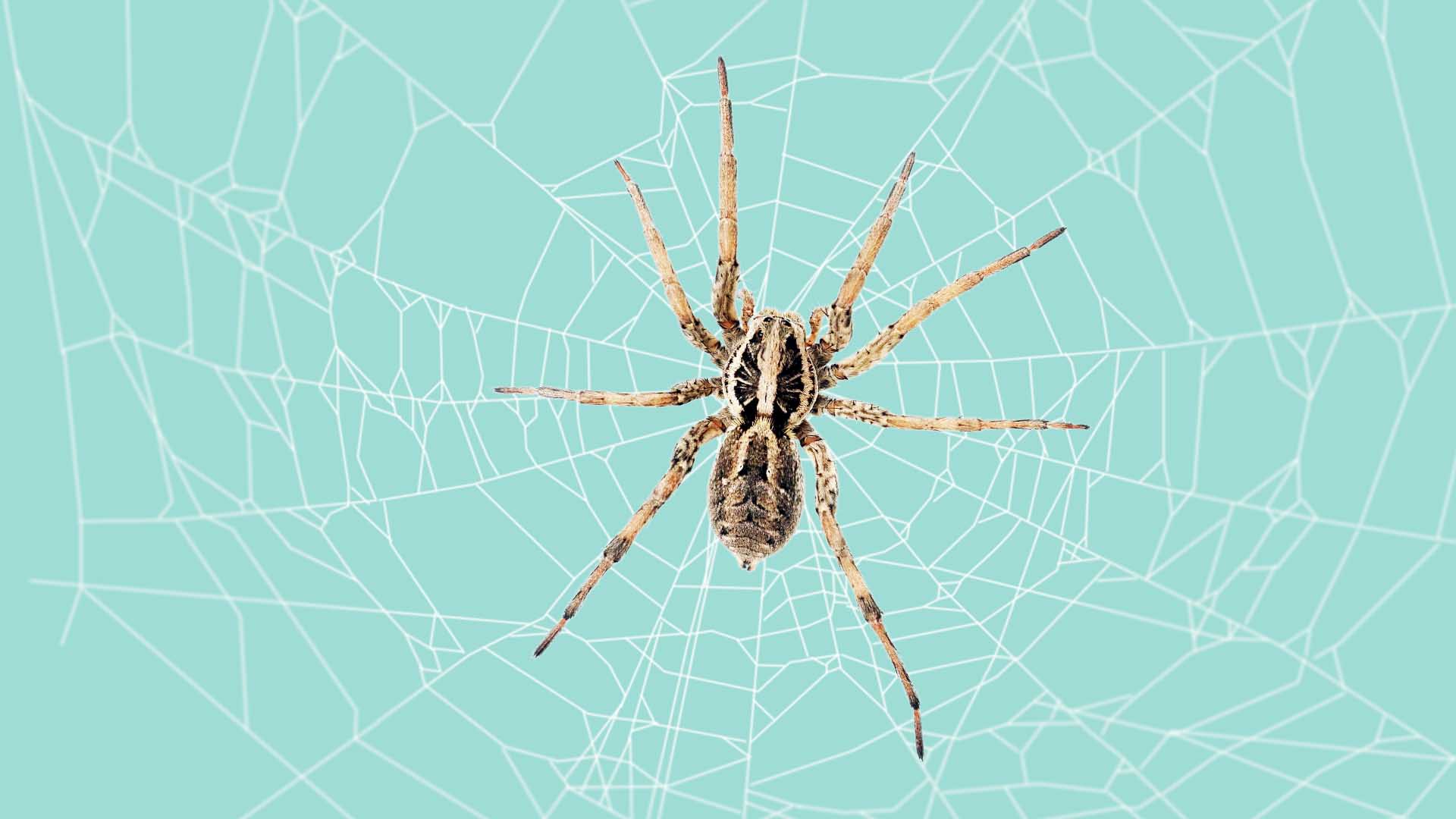Black widow spiders have long held a place in our collective imagination as some of the most feared and enigmatic creatures in the arachnid world. With their striking black bodies and ominous red hourglass markings, these spiders have earned their reputation as venomous predators. However, understanding where black widow spiders live is just as crucial as recognizing their distinctive appearance.
In this article, we will delve into the intriguing world of black widow spider habitats, exploring their geographic distribution, preferred environments, nesting sites, and the interactions they have with humans.
Where do black widow spiders live?
Black widow spiders are primarily found in North, Australia and South America. They prefer warm climates and are often spotted in the United States, especially in the southern and western regions. These spiders tend to inhabit dark and sheltered areas such as woodpiles, sheds, garages, and outdoor structures. Brown recluse spiders, on the other hand, are typically found in the central and southern United States. In Australia, black widow spiders can be found in various regions, particularly in the warmer parts of the country. They are known for their distinctive red hourglass-shaped markings on their abdomen.
where do black widow spiders live in the us
Black widow spiders are found throughout the United States, but they are more commonly found in the southern and western regions due to the milder climates. They often inhabit areas like woodpiles, outdoor sheds, garages, crawl spaces, and other dark, secluded places where they can build their webs and hide. However, they can potentially be found in various parts of the country, as they adapt to their local environments.
Geographic Distribution
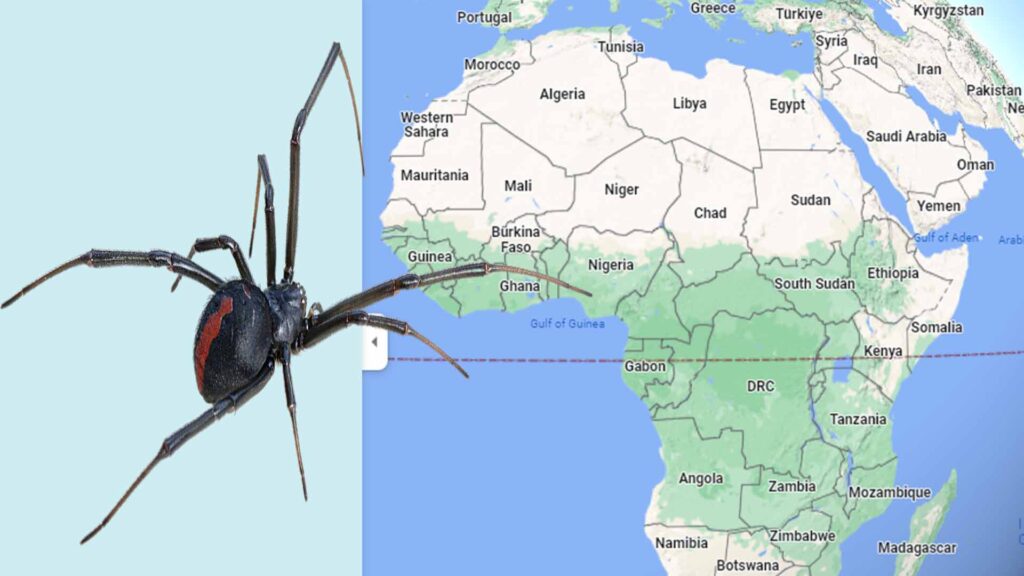
Black widow spiders (Latrodectus spp.) are found on every continent except Antarctica, showcasing their adaptability to a wide range of environments. The specific species and their distribution may vary, but they share common characteristics and habitat preferences. These spiders are most commonly found in North and South America, with some species also inhabiting regions of Africa, Europe, and Asia.
In North America, the southern and western parts of the United States are prime black widow spider territory. They thrive in states like California, Texas, and Arizona, where the climate suits their needs. In South America, countries like Argentina and Chile provide suitable habitats for various black widow species.
Preferred Habitats
Black widow spiders display a remarkable ability to adapt to diverse habitats, from natural environments to human-made structures.
- Natural Environments: a. Forests and Woodlands: Black widows often inhabit wooded areas, where they seek shelter under rocks, fallen logs, and in leaf litter. The humidity and abundant prey make these environments ideal. b. Grasslands and Meadows: Open grasslands and meadows are also favored habitats. Black widows may find refuge in tall grasses, burrows, or low-lying vegetation. c. Deserts and Arid Regions: Contrary to popular belief, black widow spiders can survive in arid regions. They tend to seek out cooler and more humid microhabitats within these harsh landscapes, such as crevices or burrows.
- Human-Made Habitats: a. Urban Areas: Black widows have adapted to urban environments, often residing in sheds, garages, crawlspaces, and basements. These artificial structures offer them shelter and a consistent temperature. b. Residential Spaces: Homes and gardens can provide black widow spiders with an abundance of nesting opportunities. They may establish their webs in outdoor furniture, trash cans, or play equipment. c. Agricultural Settings: Farms and agricultural areas with barns, sheds, and equipment storage can also be attractive habitats for black widows.
Nesting Sites
Black widow spiders are known for their distinctive webs, which are not only used for trapping prey but also for nesting. The choice of sheltered locations for web construction is critical for their survival.
These spiders often select sites that are:
- Sheltered from the elements: Black widow spiders prefer dry and protected areas that shield them from rain and wind.
- Dark and secluded: They tend to choose locations that are not easily accessible to predators, such as under rocks, inside tree hollows, or within human-made structures.
- Temperature and humidity-regulated: Maintaining the right temperature and humidity is vital for their survival, so they often select spots that offer these conditions.
Prey Availability
Black widow spiders are carnivorous predators that feed on a diet primarily consisting of insects, other arachnids, and small vertebrates like lizards. The choice of habitat is closely tied to the availability of prey.
In natural environments, black widows thrive where insect populations are high. Woodlands, meadows, and grasslands provide an abundance of potential prey, making these habitats ideal. In urban and agricultural settings, the presence of insects attracted to human activity ensures a steady food supply, further encouraging their residency.
Seasonal Variations
Black widow spiders exhibit seasonal variations in their behavior and habitat use.
- Activity Patterns Throughout the Year: Their activity peaks during the warmer months, with increased web-building and hunting activity. During the winter, they become less active and may enter a state of dormancy.
- Hibernation and Overwintering Behaviors: In colder regions, black widows may hibernate or overwinter to survive the harsh conditions. They seek out sheltered spots with stable temperatures to conserve energy.
- Impact of Climate on Habitat Selection: Climate plays a significant role in their habitat selection. In regions with extreme temperature fluctuations, black widow spiders may migrate or hibernate based on seasonal changes.
Interactions with Humans
Black widow spiders, due to their venomous bite, have a complicated relationship with humans.
- Concerns Related to Human Encounters: Encounters with black widow spiders can lead to painful bites, which, although rarely fatal, can cause severe discomfort and health complications in some cases. Fear of these encounters often leads to negative perceptions.
- Managing and Preventing Black Widow Spider Infestations: In areas where human and spider habitats overlap, it’s essential to manage and prevent infestations to minimize conflicts. This includes regular inspections of homes and structures, sealing entry points, and practicing caution when working in potential spider habitats.
Conservation and Management
While black widow spiders are not typically considered endangered, they play a vital role in ecosystems by controlling insect populations. Balancing conservation efforts with public safety is crucial.
- Conservation Status of Black Widow Spiders: Most black widow species are not endangered, but their populations can be affected by habitat loss and environmental changes.
- Balancing Conservation with Public Safety: Conservation efforts should prioritize protecting their natural habitats while also addressing concerns related to human safety. Education and awareness campaigns can help people coexist with these creatures more harmoniously.
- Research Initiatives: Ongoing research is essential to better understand the habitat needs and behaviors of black widow spiders. This knowledge can inform conservation strategies and improve our ability to manage their populations where necessary.
Conclusion
Black widow spiders are intriguing creatures with a complex relationship with their habitats and humans. Their adaptability to a wide range of environments highlights their resilience. Understanding where black widow spiders live is not only essential for our safety but also for appreciating their role in controlling insect populations and maintaining ecosystem balance. By striking a balance between conservation and safety measures, we can coexist with these remarkable arachnids and continue to unravel the mysteries of their habitat preferences.

